We know that exercise benefits the body, but medical research shows that exercising also benefits the brain and may help slow down the progression of Alzheimer’s. Moreover, those loved ones in the early and moderate stages will benefit the greatest.
However, you need to introduce new things slowly to your loved one as you focus on making the activity fun. Several shorter sessions rather than one long session of exercises will have a higher likelihood of success.
We recommend 30 minutes of exercise, five days a week. However, understandably this amount of time might even be too long initially for some beginners or loved ones in later stages of Dementia. Ideally, you can break exercise times into two or three smaller sessions of ten or fifteen-minute increments. If this is too hard to fit into the schedule, sneak in 5 minutes when it’s an option. Having your loved one involved in some physical activity of any sort is still a huge win!
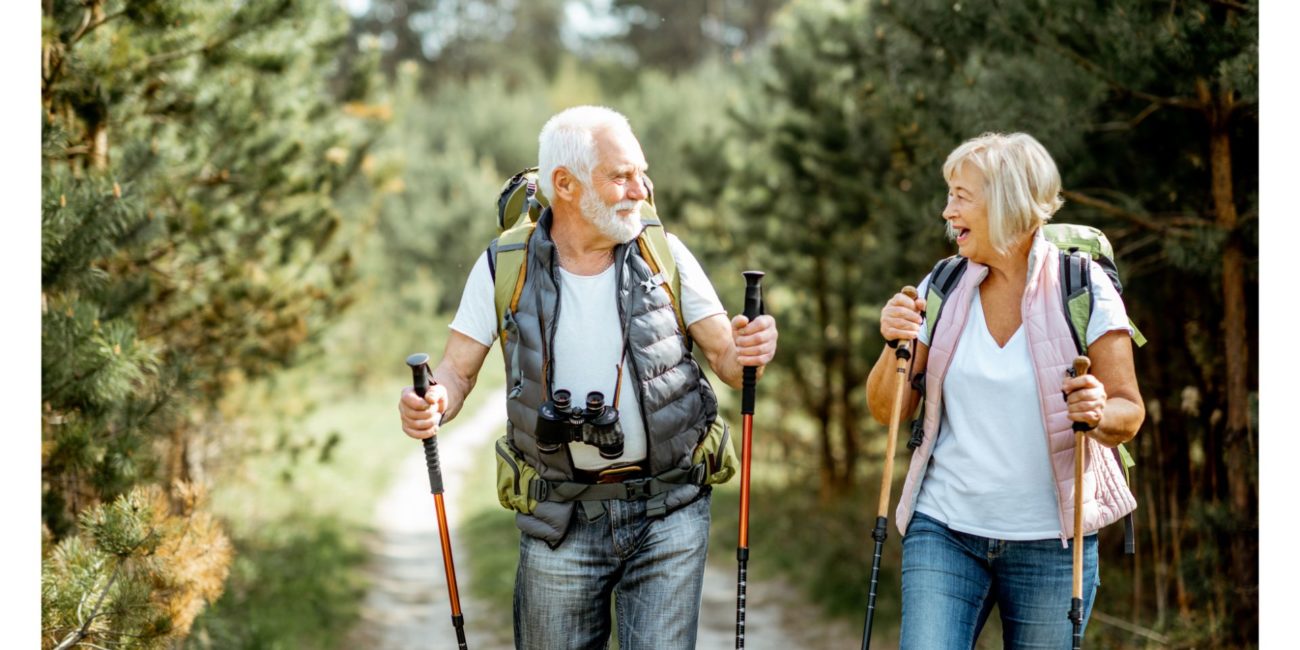
Walking and Hiking
Walking will be the most straightforward activity to implement into a loved one’s life as it is the easiest to accomplish, can be assisted with devices such as walkers and canes, and can be done anywhere. And, as a bonus, it is free! Distance, terrain, time, and elevation gain are all variables that can be modified to increase or decrease the challenge.
A scheduled daily walk could be a great add-on to a structured routine, an important tip for loved ones struggling with memory issues. A short walk could make a big difference, even if it is to walk to quick errands or grab a cup of coffee. You can keep walking interesting by suggesting to your loved one listening to music, walking with a friend, or walking a pet for increased engagement
Often, loved one’s with Alzheimer’s will need supervision as pathfinding and returning to starting point could become difficult, placing the person in danger. Check with local senior and recreational centers to find organized and scheduled group walks. This can also be beneficial for those caring for loved ones who have limited time or would like a small break. Organized walks can also provide a social outlet for a loved one, a critical component of wellness.
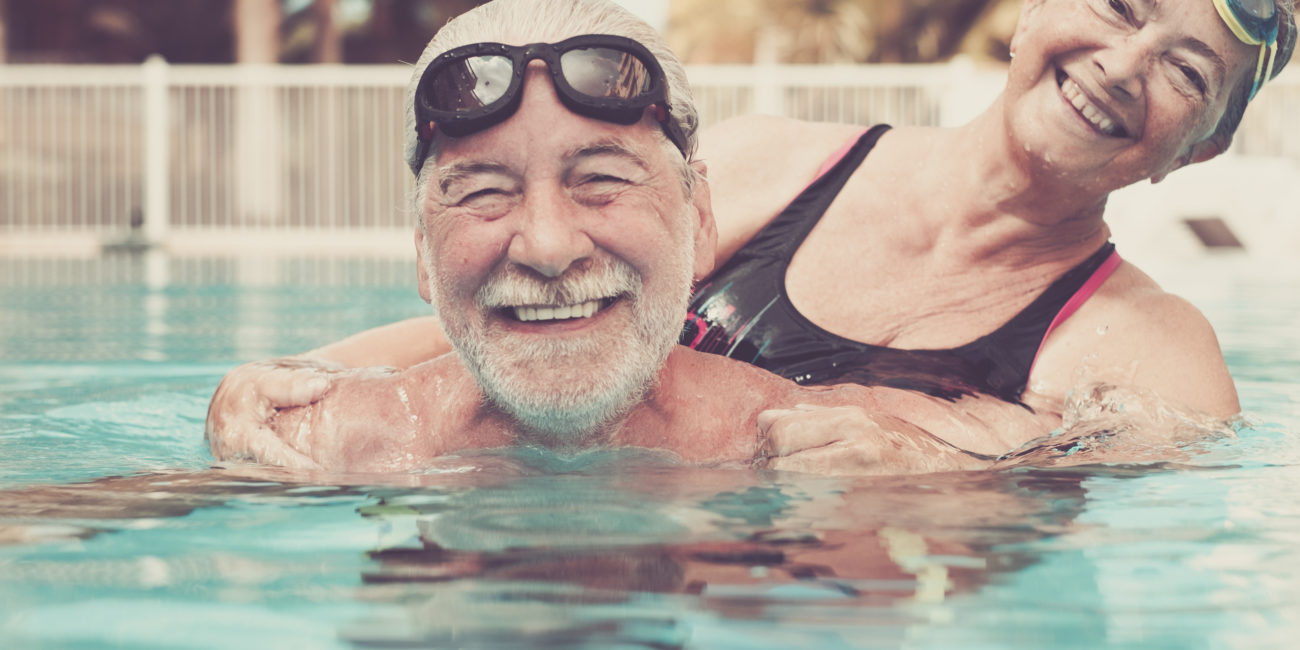
Tai-Chi and Swimming
Tai Chi and Qigong, increasingly popular in retirement communities, is a series of integrated exercises, including simple movements, gentle stretches, and meditation, all appropriate for most loved ones. Tai Chi is very joint-friendly and low impact, helping maintain balance and strength, can be done anywhere such as home or at a park, and can help maintain memory as the movements are performed in a specific sequence.
Check to see if a community senior or fitness center near a loved one offers some of these activities; sometimes, these centers even partner with Silver Sneakers!
Swimming is already a popular activity among those looking for a full-body fitness challenge while taking it easy on joints and pre-existing conditions. The variety of activities possible in a pool is enormous, and being in this environment is very forgiving for those prone to losing balance. If a slip occurs, laugh off the extra water splash!
Swimming is incredibly joint-friendly due to the buoyancy of the water. Moreover, it provides an excellent cardiovascular workout while offering calming effects to many participants. Classes also benefit from providing a social outlet, which is just as important as physical health!
These activities should be done under supervision for appropriate safety. If a loved one is not a swimmer, perhaps a different activity would be recommended. With Alzheimer’s or other forms of Dementia, teaching a new skill could be challenging. So, you should consider your loved one and their comfort levels as you explore physical activities and hobbies with them!
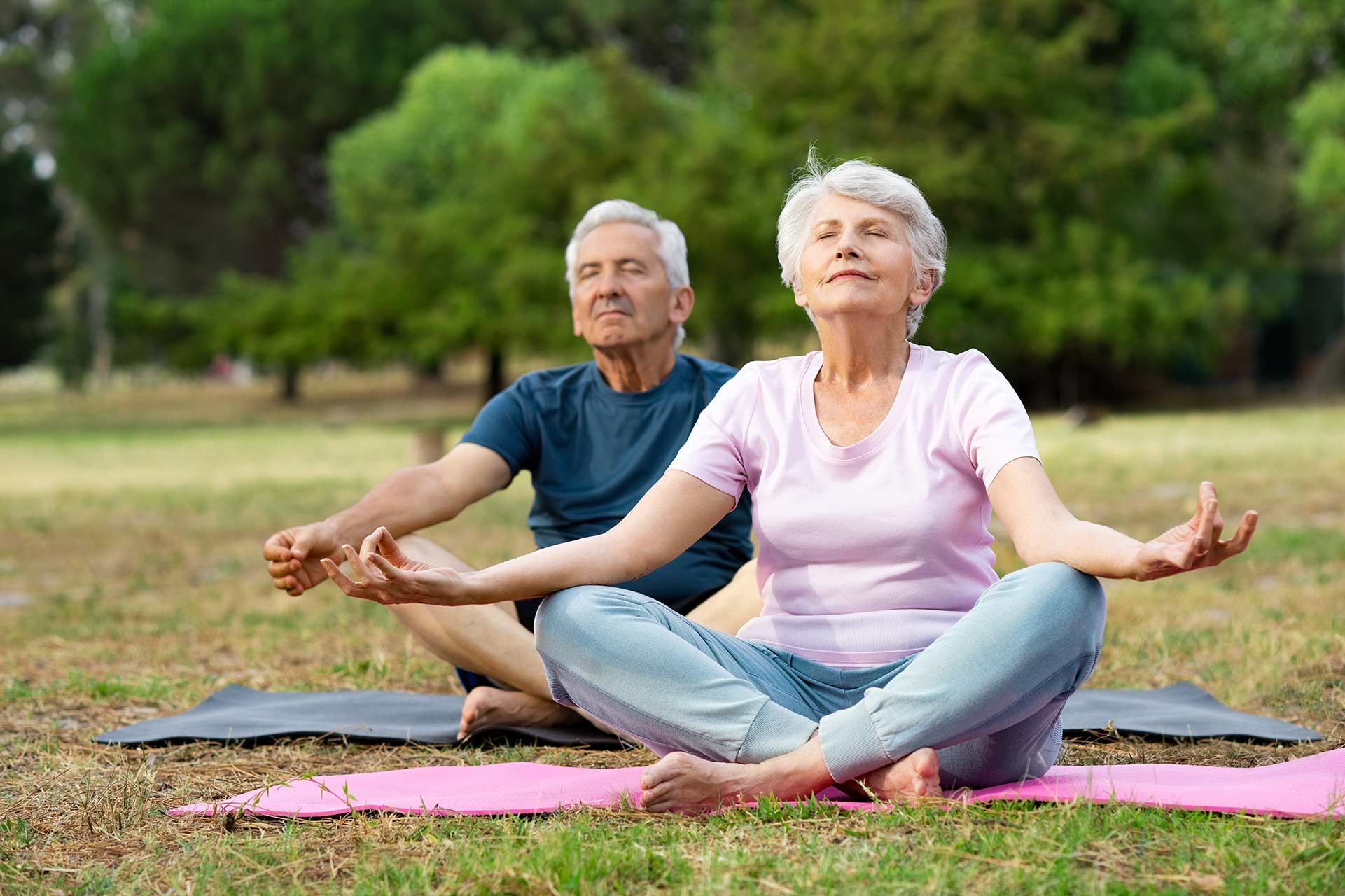
Yoga and Gardening
Like Tai Chi, Yoga is a great way to encourage your loved one to exercise. Yoga involves a series of specific movements that will help with flexibility, strength, balance, and memory. An American study has shown that those engaged in yoga had a better memory after three months of practice. Of course, memory benefits will differ depending on the various stages of Alzheimer’s. Yoga is also helpful for many in reducing stress and anxiety and can lift someone’s mood. While the assistance may be necessary depending on the unique case of each parent, there are many benefits to yoga for your loved one!
Gardening can be an excellent activity for a loved one with Alzheimer’s. It challenges the brain by requiring specific sequences of tasks and memory of plant needs. It combines tactile feedback with sequential activities, all resulting in a tremendous physical and mental challenge!
Additionally, it creates a sense of purpose; there is nothing more enjoyable than showing off your beautiful garden to those closest to you! It is worth noting that you should take into consideration the physical abilities of your loved one. Mowing, raking, weeding, pruning, tending to flower beds are all examples of gardening activities that offer various physical challenges and help keep the body moving and healthy and provide cardiovascular fitness. Consider learning more ways to make a loved one’s garden experience more accessible!
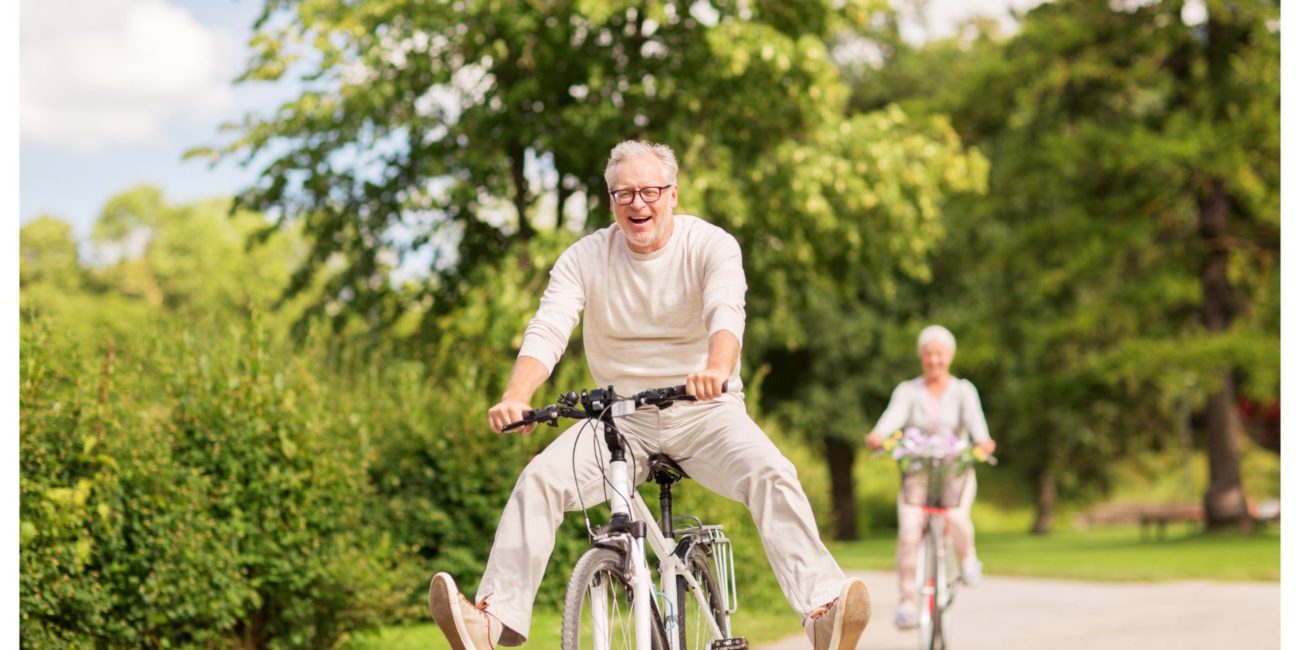
Bowling and Biking
Just like dancing, bowling could be a social outlet and a great way to maintain mobility, flexibility, and strength. Many seniors will consider bowling more “fun” than exercise, which can help someone that has been relatively inactive. Many bowling lanes have senior hours, and some senior centers organize regular bowling sessions for people of all abilities.
Riding a bike can be an excellent way to get exercise while participating in an activity that feels fun! While a traditional bicycle may be concerning to provide a means of independent transportation to a loved one during this stage in their life. Instead, consider purchasing a recumbent or upright bicycle for an in-the-home workout option.
Dancing can also be a great way to involve a parent in more exercises, and they might not even realize they are exercising if they enjoyed dancing earlier in their life. First, consider a loved one’s level of function, but many loved ones struggling with memory loss can benefit from dancing activities even in the late stages of the disease. Dancing can be modified to a sitting position with a bit of imagination as well.
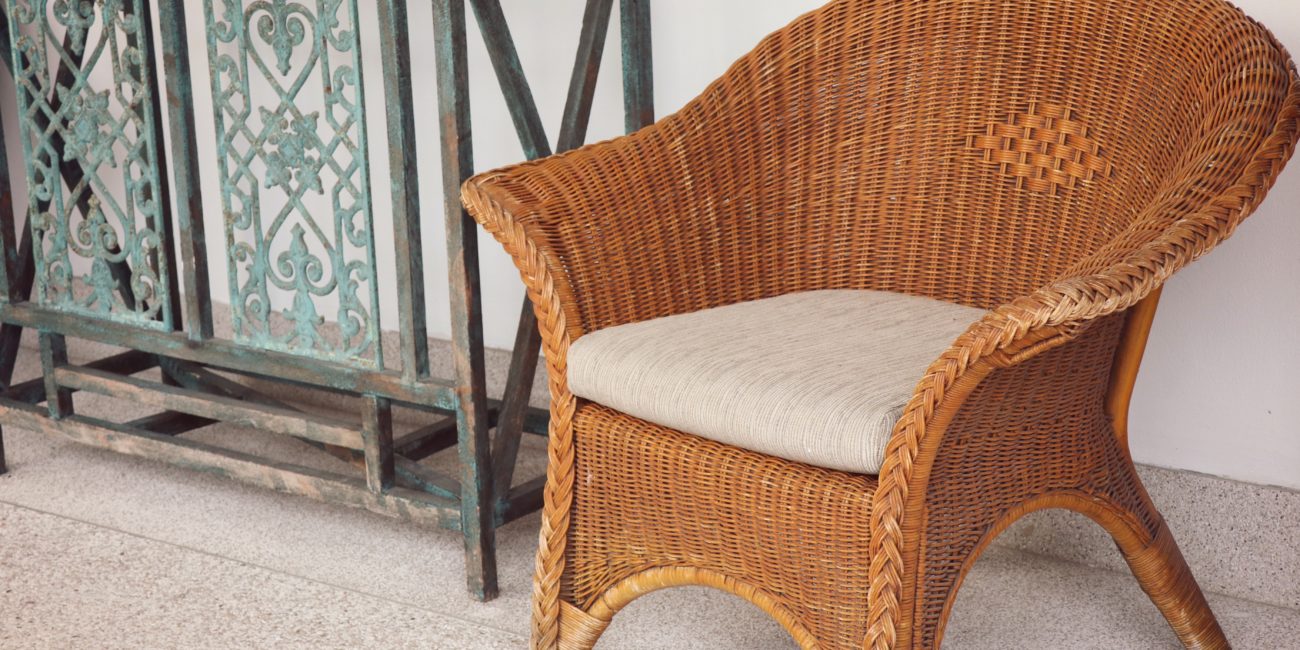
Chair and Seated Exercises
For a loved one that is not mobile enough for the previous activities, exercising in a chair is still beneficial.
A wide variety of activities are still achievable even while sitting, and they can provide the challenge that some loved ones need if their physical abilities are limited. For instance, a small pedal exerciser can be used while seated in a chair. Some may enjoy moving to their favorite songs, while others may enjoy stretching. Tossing objects around, playing catch, and hand dexterity exercises are all great options.
Most senior facilities and senior centers offer sitting exercise classes, and it may be helpful to attend a few to get some ideas! These classes follow a progression that will help increase strength and balance and break up the monotony.



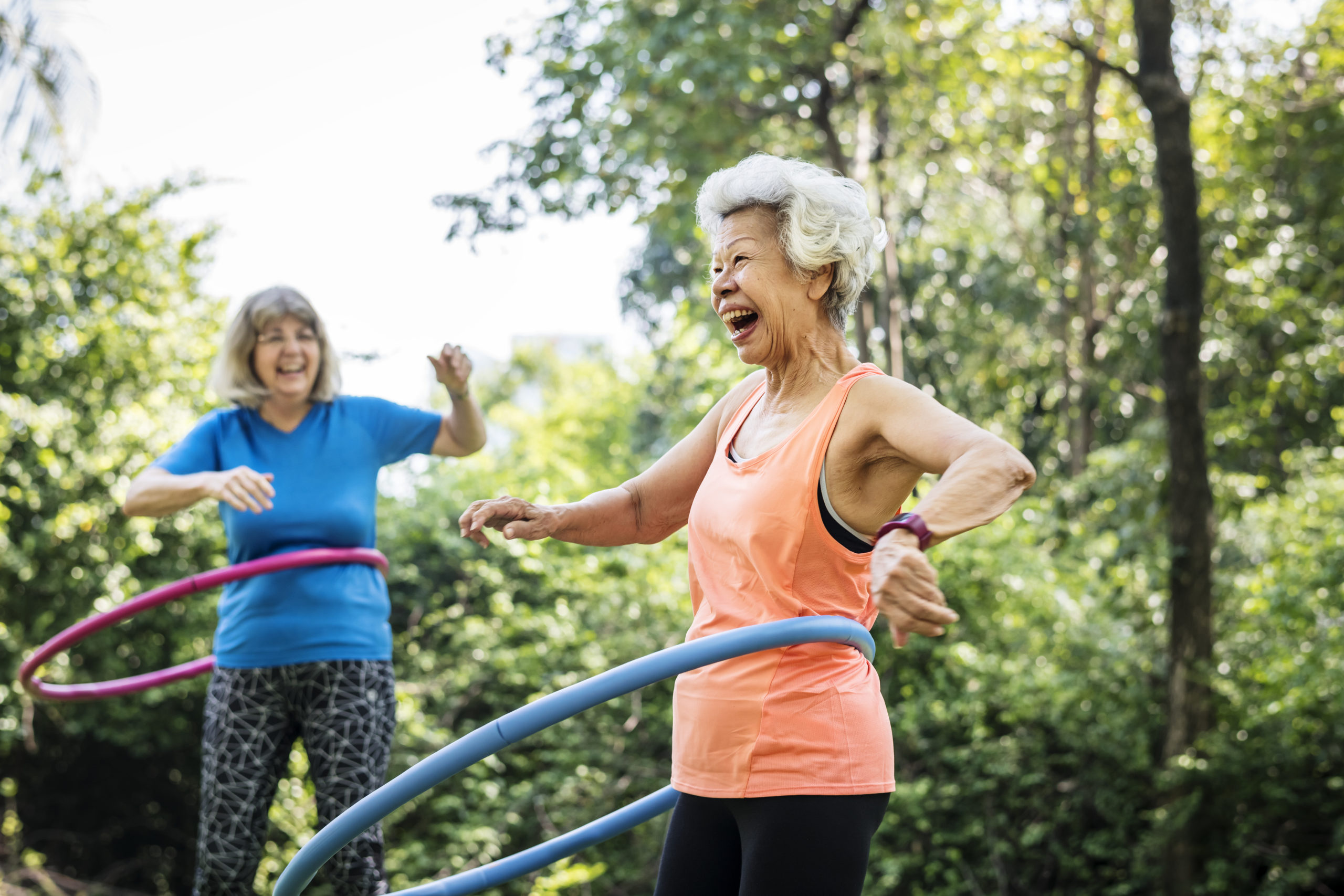
Leave a Reply